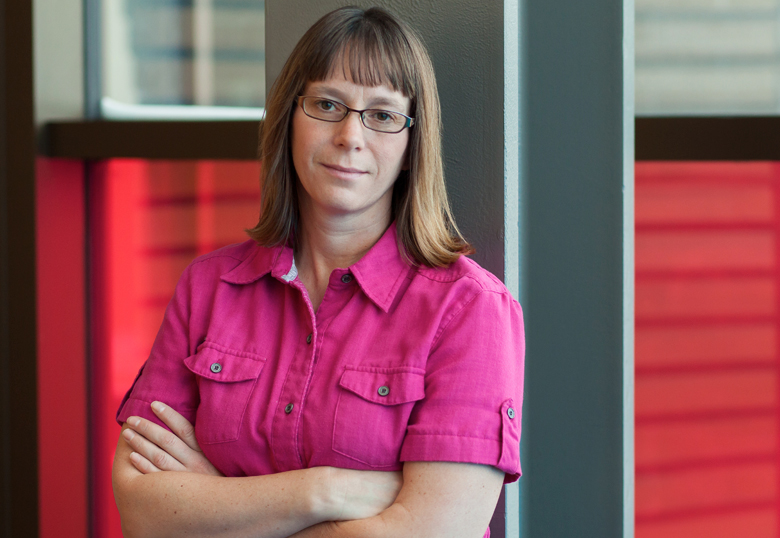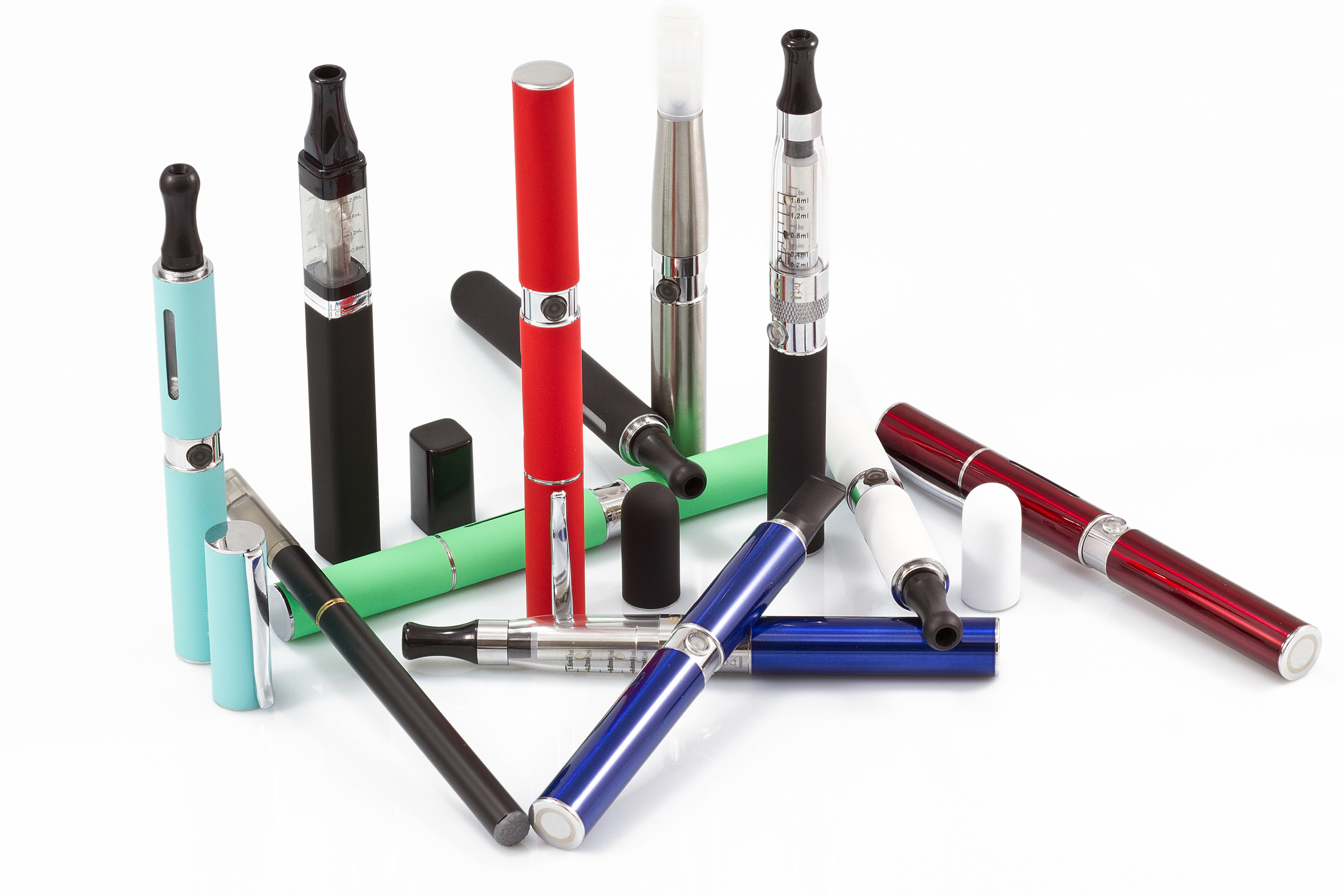You know that an educational tool needs updating when its major interactive feature is transparencies. Or worse, when the topic is tobacco and the coverage begins and ends with cigarettes and chewing tobacco in a world now faced with cigarillos and e-cigarettes.

Fortunately, the University of Lethbridge’s Kathy Haight is on the case. With a new $60,000 grant from the Alberta Tobacco Reduction Strategy, the community health nursing instructor is poised to redevelop the teacher resource kits intended to support Alberta’s Grade 4, 5 and 6 teachers in teaching tobacco prevention in the classroom.
Haight plans to replace the 11-year-old paper-and-PDF kits not only with updated information and improved lesson plans, but with resources appropriate to new technology such as the smart boards widely used in classrooms. As a second phase of the update, she also plans to evaluate the effectiveness of this prevention education intervention intended to help kids understand the risks associated with tobacco use.
Perhaps most significant is Haight’s determination to put this content online, so that it can be regularly updated. Doing so will allow Alberta teachers increased access to current information so to keep up with the tobacco companies’ marketing strategies and new products.

“Tobacco companies are coming up with something new every day that targets children. This provides a way to keep teachers up-to-date and informed of changes and best practices in school-based tobacco prevention” says Haight.
As an example, she points to clever packaging intended to lure teens. “The most recent change that I've seen, even in the last four years of delivering this program in the schools, is the popularity of cigarillos. They're individually packaged, so they don't fall within all the laws and regulations, and they're conveniently packaged in bright colors to look like lip glosses and such,” says Haight.
Haight also coordinates opportunities to send her third- and fourth-year nursing students into classrooms as part of their community-health practice courses. While teaching tobacco prevention is part of the Alberta curriculum, it’s up to individual teachers to determine the number of lessons and the depth and breadth of discussion on the topic. The arrangement is win-win because it tends to increase the amount of time teachers dedicate to the topic, plus provides nursing students with practice opportunities to deliver school-based prevention programs in the community.
“My nursing students go into the classroom every week for five consecutive weeks,” says Haight, who now delivers the program to more than 30 classrooms annually in the community, and says demand for the program has increased over the four years she’s been doing it.
With early education, Haight says that children are better equipped down the road to make informed decisions when it comes to tobacco use (the lesson plans purposely move beyond facts and figures to address strategies such as building resiliency skills and recognizing negative peer pressure).
“The intent is to provide children with information prior to them experiencing the peer pressure so to help them pre-contemplate decisions,” she explains. “We intentionally target kids in Grades 4 and 5 in Lethbridge because they transition into middle school for Grade six. The literature is strong to suggest that you want to provide kids with this tobacco prevention intervention before they hit that transition year, because they're at greatest risk when they're in a transition.”
